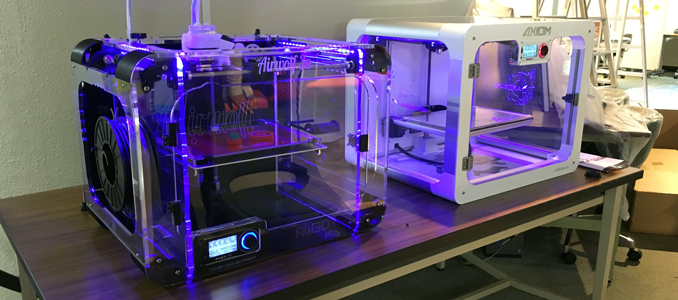

Currently, laboratory visits are closed.
Applicants who want to enroll will be responded
with Zoom, etc. Please contact me, Inaba, by e-mail.
(See the page bottom for contact information.
If you send me your GPA (max 4) or MEXT score (max 3)
I will more likely to reply.)
In our department (TSE), it is not recommended
to host research students. Please consider to take
the entrance examination for graduate school.
We conduct research centered on Engineering Design,
Applied Mechanics,and Multiphysics.
We operate the co-creation space,
"Science Tokyo Design Factory (STDF)", and
create "experiences with products and services"
by Design Thinking approach.
We are studying machines and structures such as
automobiles, aircrafts, and plants, as well as small
devices such as drink servers and nasal containers.
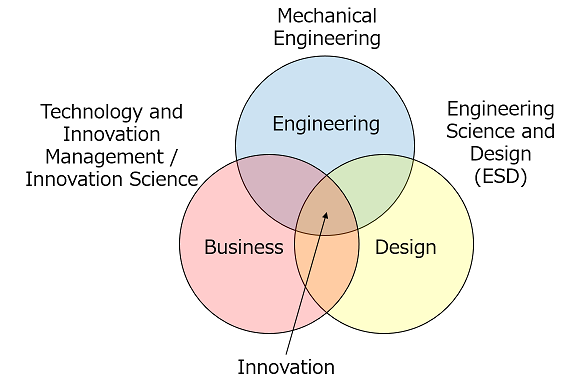
Through research on Engineering (Mech. Eng.),
Design (Design Thinking), and Business (industry-
academia collaboration, co-creation space),
we aim to create innovative experiences
(products and services).
Students of the school of Engineering (Mech. Eng.
Grad. Major / ESD Grad. Major) and
the school of Environment and Society (ESD Grad. Major)
may join our laboratory.
Kazuaki INABA(Prof.)
2005 Keio Univ., PhD in Engineering
2005 Tokyo Univ. of Science, Assistant Prof.
2007 Caltech, Postdoc
2009 Tokyo Tech, Assistant Prof.
2010 Tokyo Tech, Assoc. Prof.
2024 Science Tokyo (Tokyo Tech), Prof.
Specialty:
Mech. Eng. (strength of materials,
fluid mechanics, computational engineering),
Engineering design.
2021- MEXT Technology Creatives Program
2014-2016 MEXT EDGE project (Tokyo Tech CBEC)
2014-2016 Japan Cabinet office SIP project
(Tokyo Tech SIP)
Mehrdad SADEGHZADEH NAZARI(GSEP lecturer)
2017 The Univ. of Tokyo, PhD in Engineering
2017 The Univ. of Tokyo, Postdoc
2018 Sho-Sekkei Co.
2019 Tokyo Tech, GSEP lecturer
2024 Science Tokyo, GSEP lecturer
Specialty:
Civil Eng.(Structural dynamics and Earthquake Eng.),
Seismic structural/non-structural vibration control,
Tuned mass damper and seismic base isolation systems.
Science Tokyo Design Factory
(Ishikawadai-5th bldg. 3rd floor)
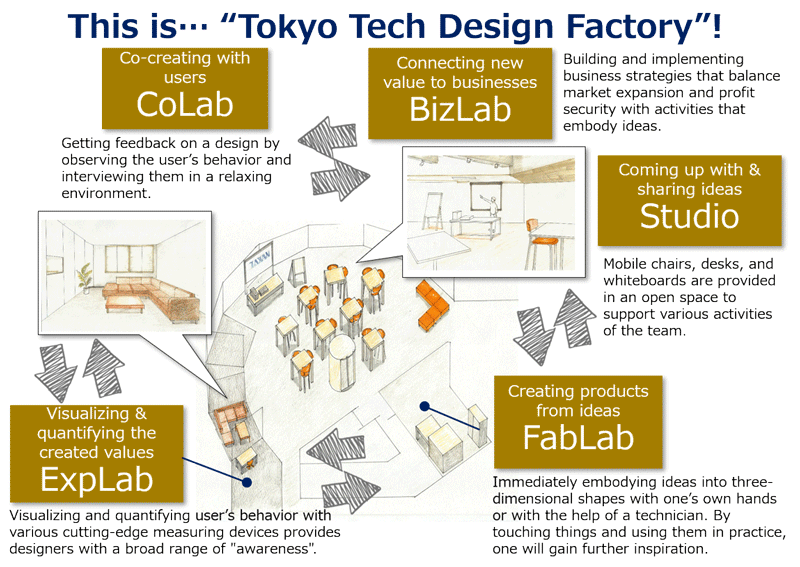
STDF is a place where various people such as
students, researchers, and members of the society,
as well as users, designers, engineers, and managers,
overcome each other's boundaries and co-create
innovative experiences.
Our laboratory is engaged in the management of STDF
and conducts research using STDF equipment.
We also implement industry-academia collaborative
projects that utilize STDF.
・Shape memory plastics using 3D printers
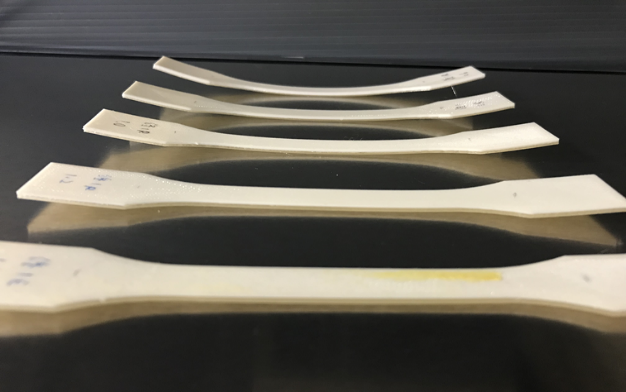
By using a 3D printer that can model with two types of
filaments, it is possible to model a structure that combines
shape memory plastic (SMP) and general plastic such as
ABS. When a load is applied while heating to cause strain,
and then unloading and cooling are performed, a structure
that deforms when heat is applied again can be modeled.
(The process is also called a four-dimensional printing
because the time axis can be taken into consideration.)
We are conducting research to control deformation during
reheating by changing the thickness of the SMP layer in
the structure while examining the heat history of the modeled object.
Industry-academia collaboration projects
There are four virtual labs at STDF:
CoLab co-creates with users;
FabLab creates products from ideas;
ExpLab visualizes and quantifies the created values; and,
BizLab connects new values to businesses.
Wile 3D printers function as STDF hardware,
the above four laboratories function as the
software for STDF to make it a base for innovation.
In our laboratory, we are carrying out research and
development projects in cooperation with industry
while developing and demonstrating methods that
can be used in the abovementioned four laboratories.
・Development of a container to realize a new nasal spray experience
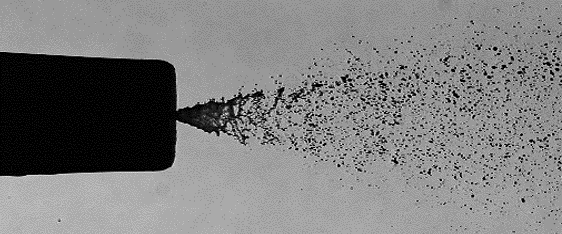
In order to deliver the drug to the mucous membrane
inside the nose to alleviate symptoms of pollinosis, etc.,
the drug is sprayed into the nasal spray container.
Currently, the tornado type spray nozzle, by which
the drug is atomized by the centrifugal force of rotation
when ejected, is mainly used.
In this industry-academia collaboration project, we
analyzed the nasal spray experience using the abovementioned
existing spray applicator, designed a new nasal spray nozzle,
developed the elemental technology necessary for the
nasal drop experience, and applied for a patent.
(Japanese Patent Application Laid-Open No.2019-150356)
In our laboratory, we focus on material mechanics and
fluid mechanics among the four mechanics
(material mechanics, fluid mechanics, thermodynamics,
mechanical mechanics), and sometimes use
thermodynamics and mechanical mechanics to elucidate
phenomena and new machines. We are conducting
research with the aim of creating innovative structures.
・ Shock absorbing member of automobile:
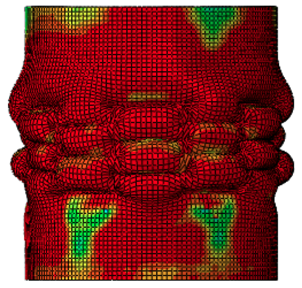
Immediately after the car bumper, a member called
a crash box is used to absorb energy in the event
of an accident. We are developing technology to
reduce load fluctuations to protect occupants
while absorbing as much energy as possible.
・ Cavitation erosion:
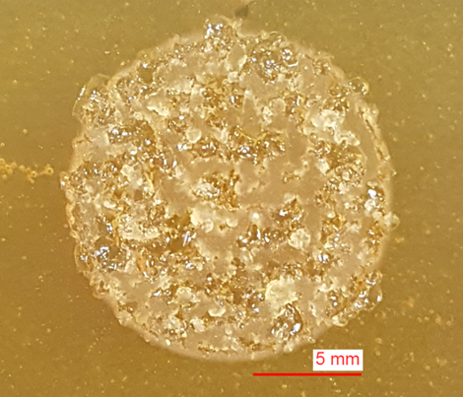
On the inner surface a fluid pump, a large number of
holes are opened in the shape of an octopus trap due to
the impact load when the bubbles generated as a result of
pressure fluctuations collapse. It is expected that the service
life will be extended by covering the unevenness with a
composite material, etc. We are conducting research
to elucidate the mechanism of the cause of damage.
Phenomena in which various dynamics and phenomena
influence each other are called multiphysics phenomena.
For example, it is possible that the air flow changes as
a wind turbine rotates under the force of the wind.
・Water hammer
We are conducting a lot of research focusing on the
fluid-structure interaction problem in which fluid and
structure are coupled. In a pipe through which a fluid
flows, the water hammer in which the pressure wave
propagate in the fluid and the stress wave propagates
in the pipe, causes damage to the pipe and shortens
the life of the pipe.
Due to the complexity and length of the piping, it takes
a lot of time and money to evaluate its integrity.
In our laboratory, in addition to elucidating physical
phenomena, we are studying low-cost inspection
methods.
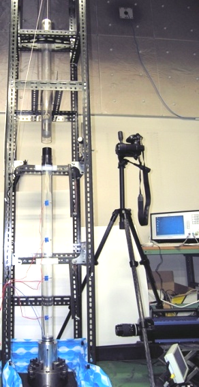
Experimental equipument of water hammer initialted by free fall
(In order to elucidate the dynamics of the wavefront,
we are conducting experiments which are conventionally
performed using several tens to several hundreds meters of
piping, using a very short tube visualized by high-speed camera
and numerical simulations.)
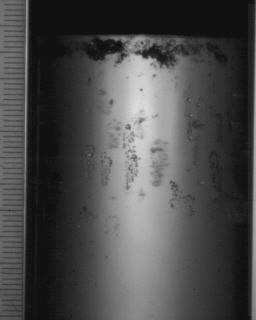
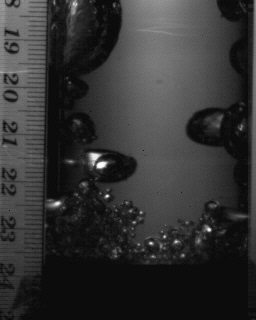
In the pipe, the tension wave propagates, tearing off
the water and creating cavitation bubbles. When
these bubbles collapse, a very high pressure is generated
and a large impact load acts on the pipe. Since the
mechanism of bubble formation in such a situation is
different from the normal bubble formation mechanism,
we are studying the phenomenon near the interface
between solid and liquid in detail from the viewpoint
of coupling.
STDF pursues the following two missions.
A hub of knowledge and human resources
in the field of Sci. and Eng. contributing to the world:
We develop human resources who can work as a team
by overcoming differences in specialty, culture, and
gender, accepting diverse values, and implementing
the practice of manufacturing.
A base for innovation:
Users, designers, engineers, and managers collaborate
while taking advantage of each other's strengths to quickly
repeat trial production of product/service images to build
a mechanism to create delightful products.
If you are interested in industry-academia
collaboration utilizing the STDF,
please contact me (Inaba).
We can propose various cooperation schemes such as
academic guidance and joint research.
〒152-8550
2-12-1 Ookayama, Meguro-ku, Tokyo
Access&Map(Science Tokyo page will open.)
| Kazuaki Inaba | Ishikawadai 6th bldg. Room 206 |
| Mehrdad | Ishikawadai 6th bldg. Room 206 |
| Students | Ishikawadai 6th bldg. Room 209 |
Copyright ©, Institute of Science Tokyo,
2009-2025, All Rights Reserved